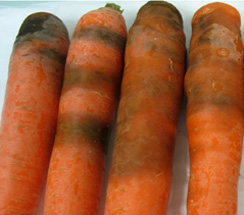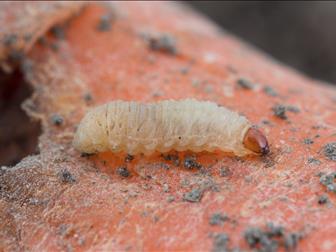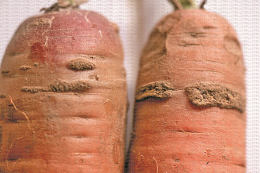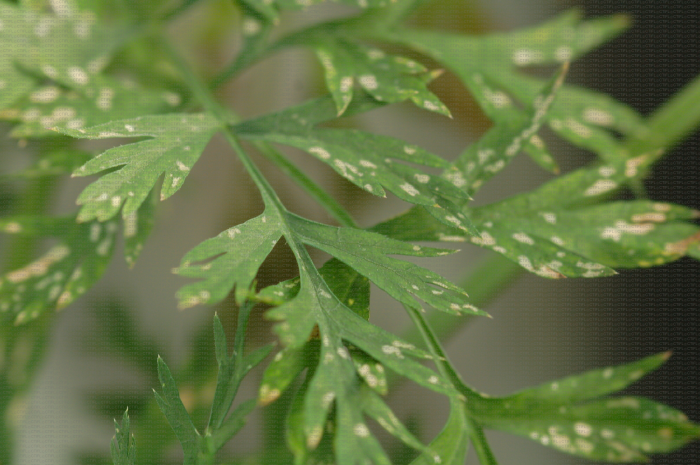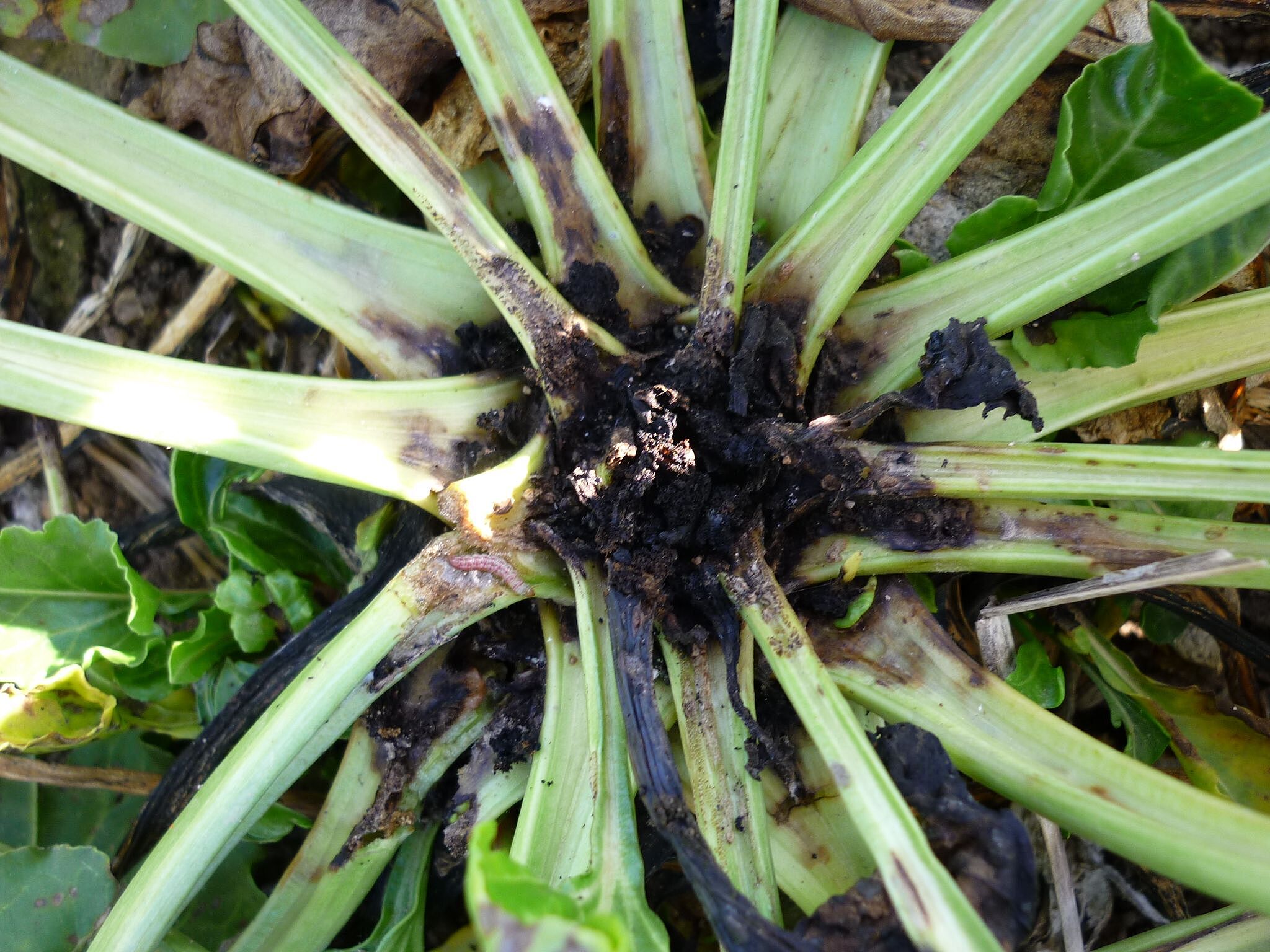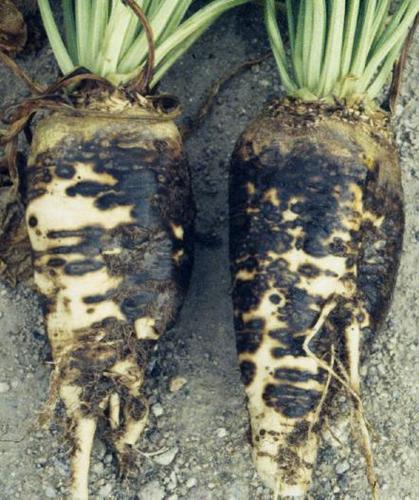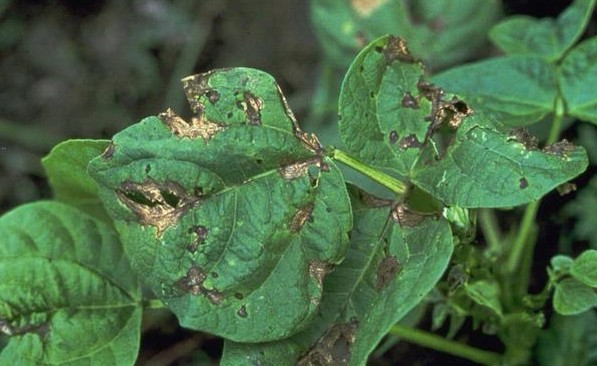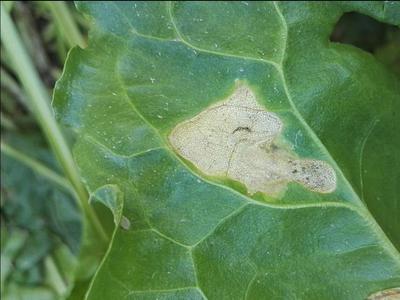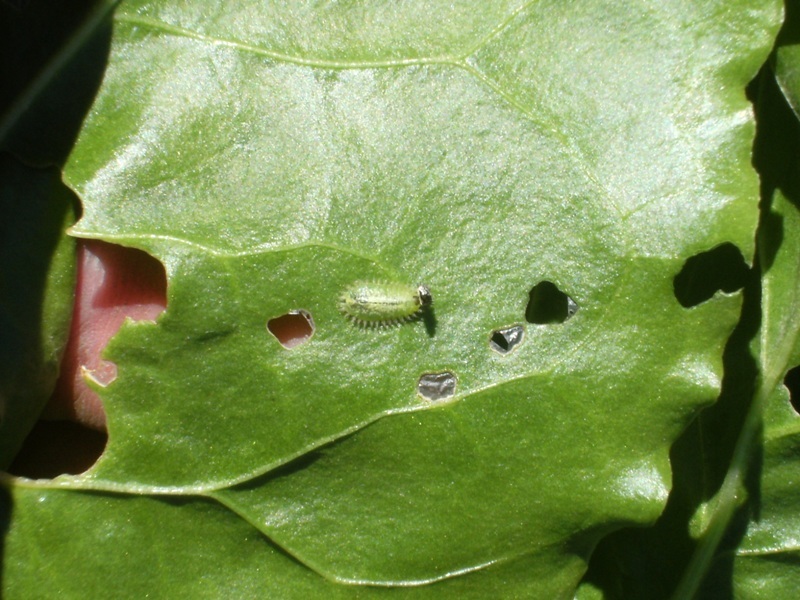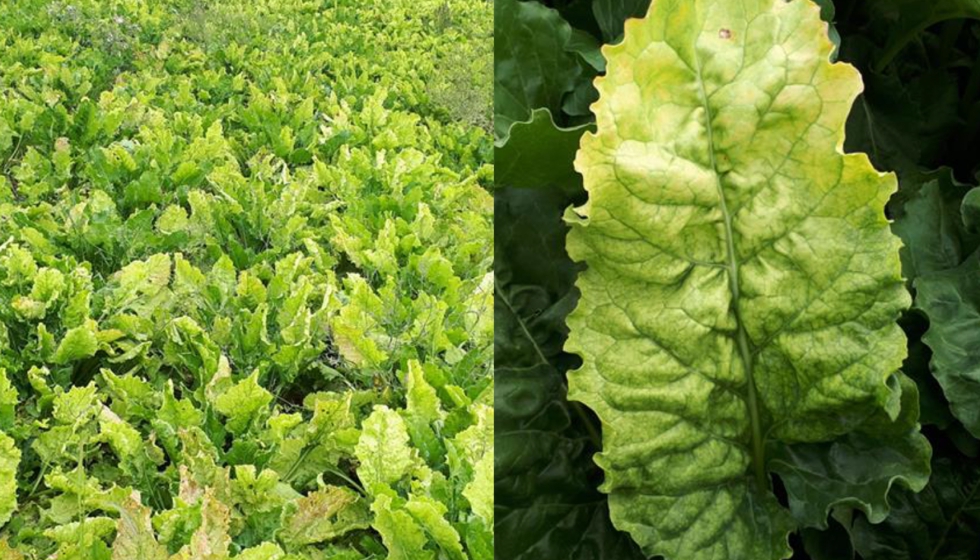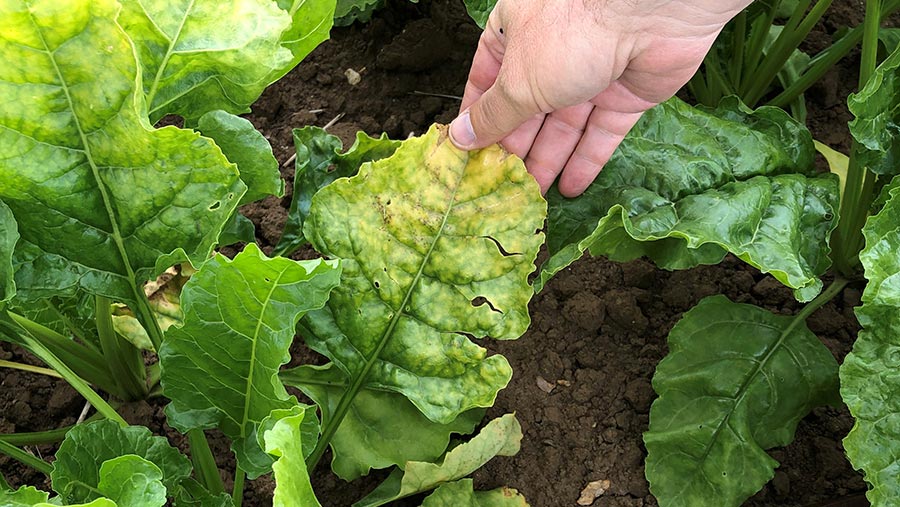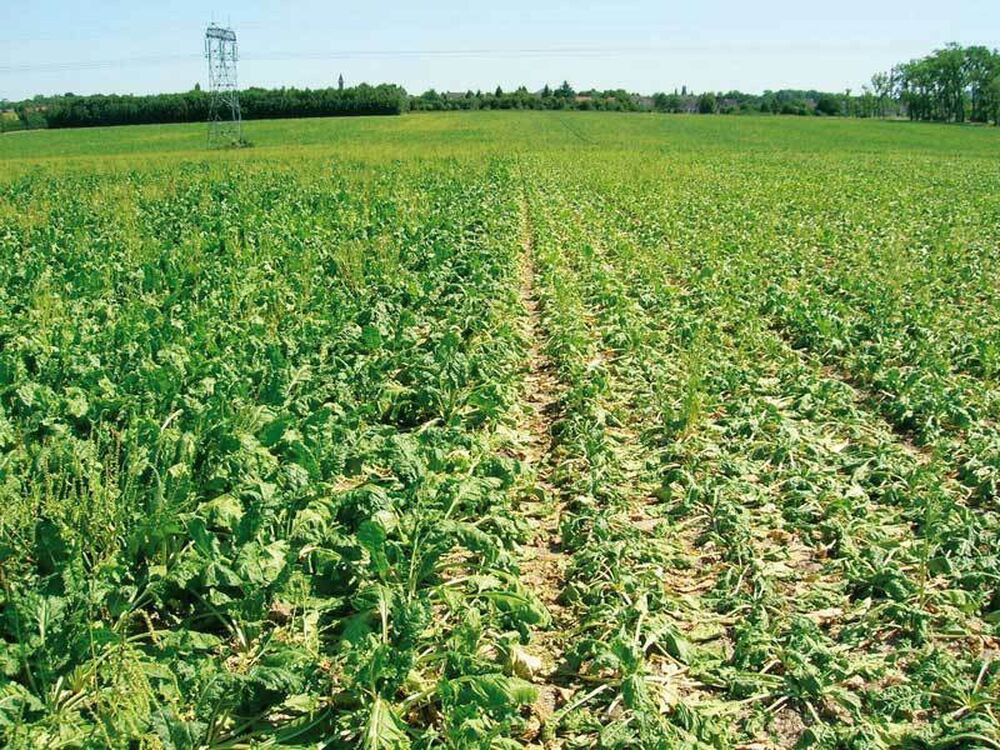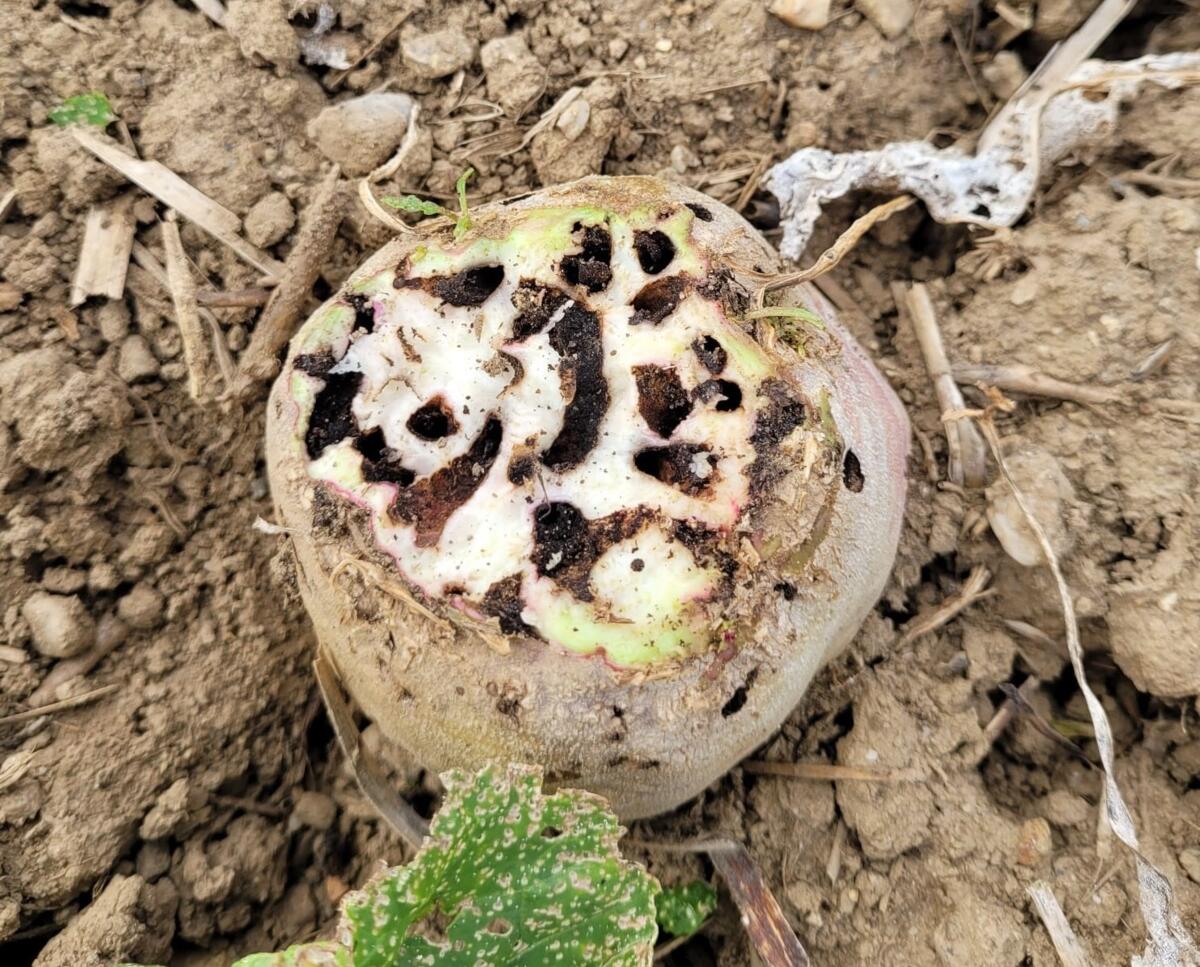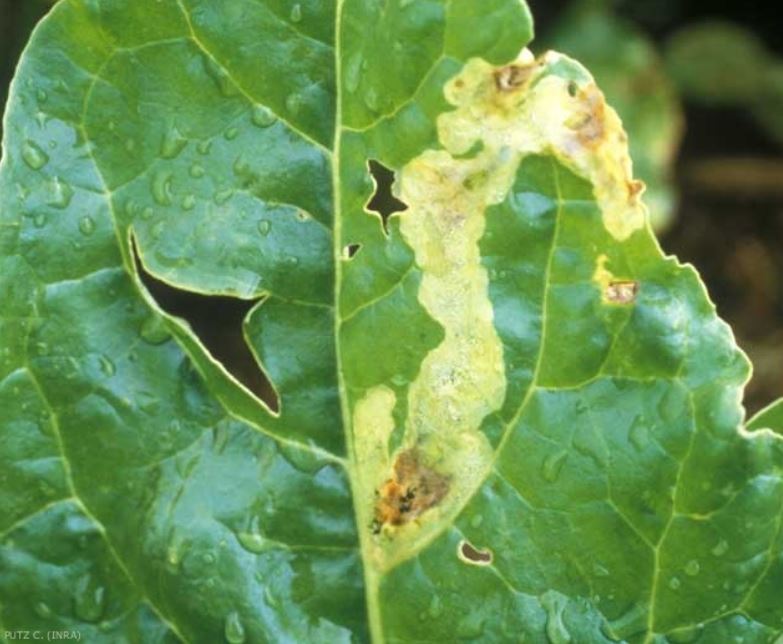
Cítricos
How to recognize and combat citrus tristeza virus
Citrus Sadness Virus
Virus
Type:
Risk to the plant:
CRITICAL
Ctv (Citrus Tristeza Virus)
Pathogen:
Virus

WHO CAUSES IT?
Citrus Tristeza Virus (CTV) is a phytovirus belonging to the Closteroviridae family and is the causal agent of the Citrus Tristeza Virus, one of the most devastating diseases affecting citrus crops worldwide. This virus has a positive single-stranded RNA genome and is transmitted mainly by aphid vectors, with the black citrus aphid (Toxoptera citricida) being one of the main transmission vectors. CTV is highly diverse, with multiple strains and variants that can vary in their virulence and ability to affect different citrus varieties. This genetic variability of the virus further complicates its control and eradication.
SYMPTOMS
The disease caused by the Citrus Tristeza Virus in citrus manifests itself with a series of general symptoms that affect the health and productivity of the trees. These symptoms include general decline of the tree, leaf chlorosis, leaf deformation, growth retardation, premature fruit drop and eventual death of the tree. Additionally, specific symptoms may be observed depending on the citrus variety and virus strain, which can complicate the diagnosis of the disease.
General decline of the tree.
Leaf chlorosis.
Deformation of the leaves.
Delayed growth.
Premature fall of fruits.

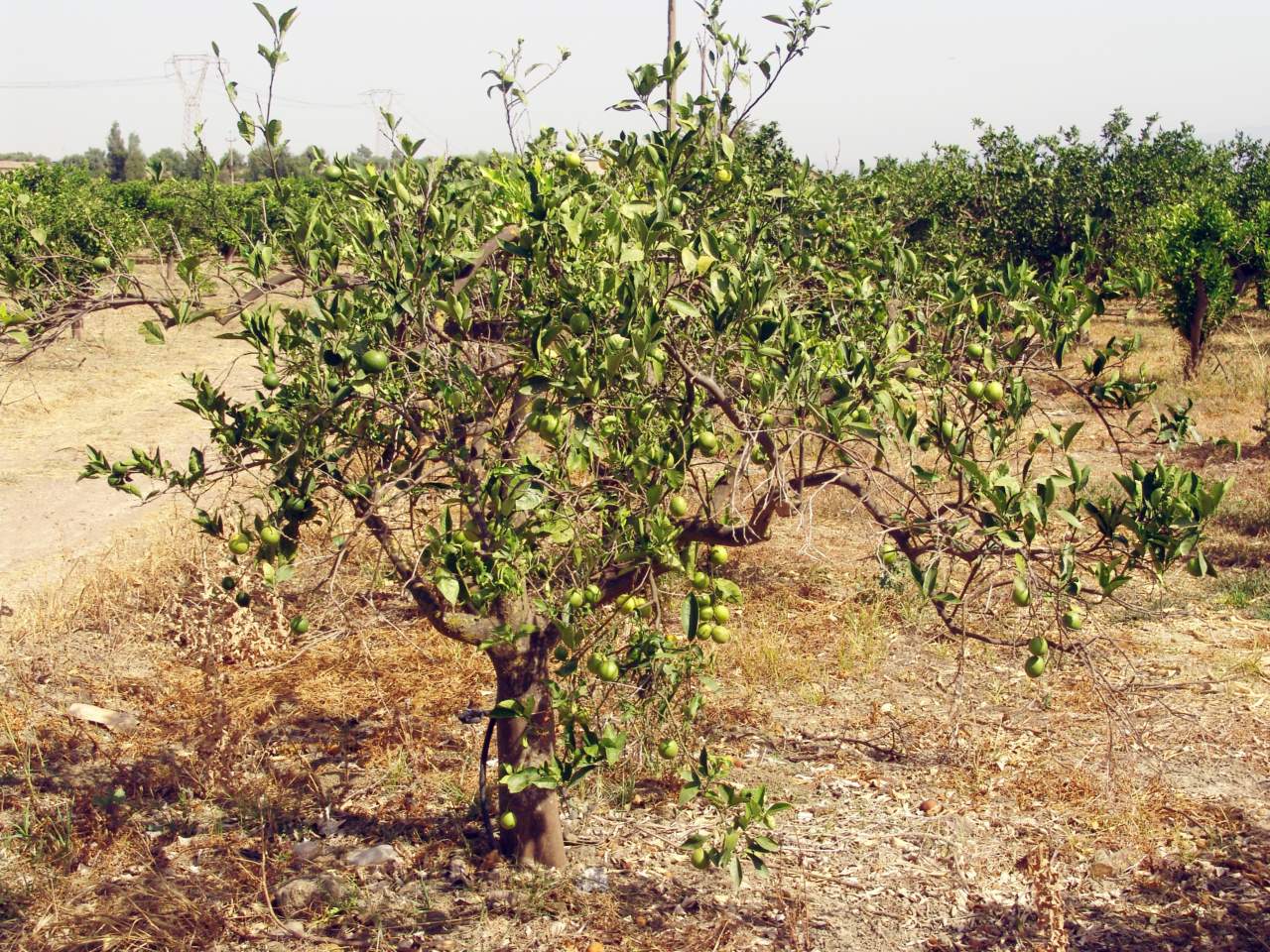
DEVELOPMENT CONDITIONS
Temperature:
20°C - 30°C
Humidity:
70% - 90%
HOW IS IT SPREAD?
Aphid vectors, graft, infected plant material.
HOW TO ELIMINATE IT?
Home treatments
There are no home treatments
Natural allies
Chemical treatments
There are no treatments for this disease. Treatments are directed at the insect vectors that transmit it. See insect treatments.
RECOMMENDED PRODUCTS TO ELIMINATE THE PEST
Sponsored link
Sponsored link
Sponsored link
Sponsored link
Sponsored link
Sponsored link
Effective against all types of fungi
PLANTAS REPELENTES
Rosemary, Dill, Coriander
RECOMMENDATIONS
- Check the back of the leaves frequently, especially in dry weather.
- Spray water on the leaves to increase humidity and prevent them from settling.
- Keep plants healthy with good watering and adequate light.
- If you see cobwebs or damage, clean the leaves with a damp cloth or pressurized water.
- Use potassium soap or neem oil every few days until they disappear.





















